Koala Detection and Conservation Efforts in Tamworth Region
On Sunday night, August 25th, TRLA's drone team, led by Chief Pilot and Project Manager James Filby, along with Peter Grono and Susan Wilson, conducted a heat-seeking mission at Mulla Creek, searching for koalas. This effort is part of the Wildseek Koala project, a partnership between TRLA and Landcare Australia that began in January 2023.
The drone, equipped with infrared technology, is capable of mapping vast areas of the canopy to detect koalas. So far, the infrared camera has identified approximately 39 koalas across various properties in the Tamworth, Duncans Creek, Bendemeer, and Mulla Creek areas. The data collected is sent to Queensland University of Technology (QUT) for further analysis.
Identifying where koala populations are located is crucial for their protection. This information can be used to advocate against land clearing in significant areas or to assist the Rural Fire Service (RFS) in safeguarding koala habitats during bushfires.
We encourage local landholders who have spotted koalas on their properties to contact Susan Wilson, James Filby, or any TRLA staff members. The drone team is available to survey your property, helping to conserve and protect our local koala populations. By raising awareness and encouraging active participation, we can all contribute to preserving these precious creatures.
For more information or to report sightings, please reach out to our team on susan@trla.org.au
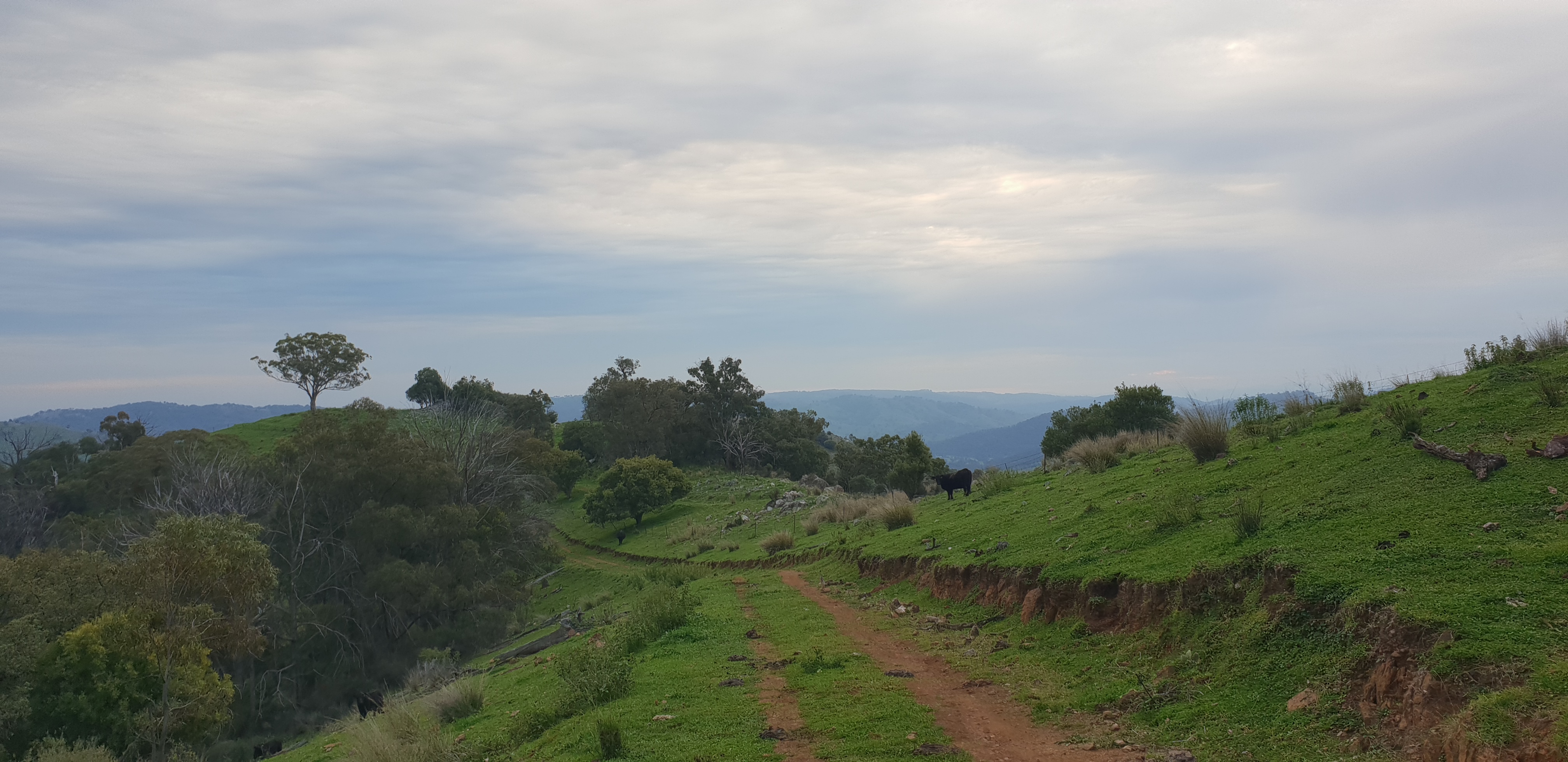
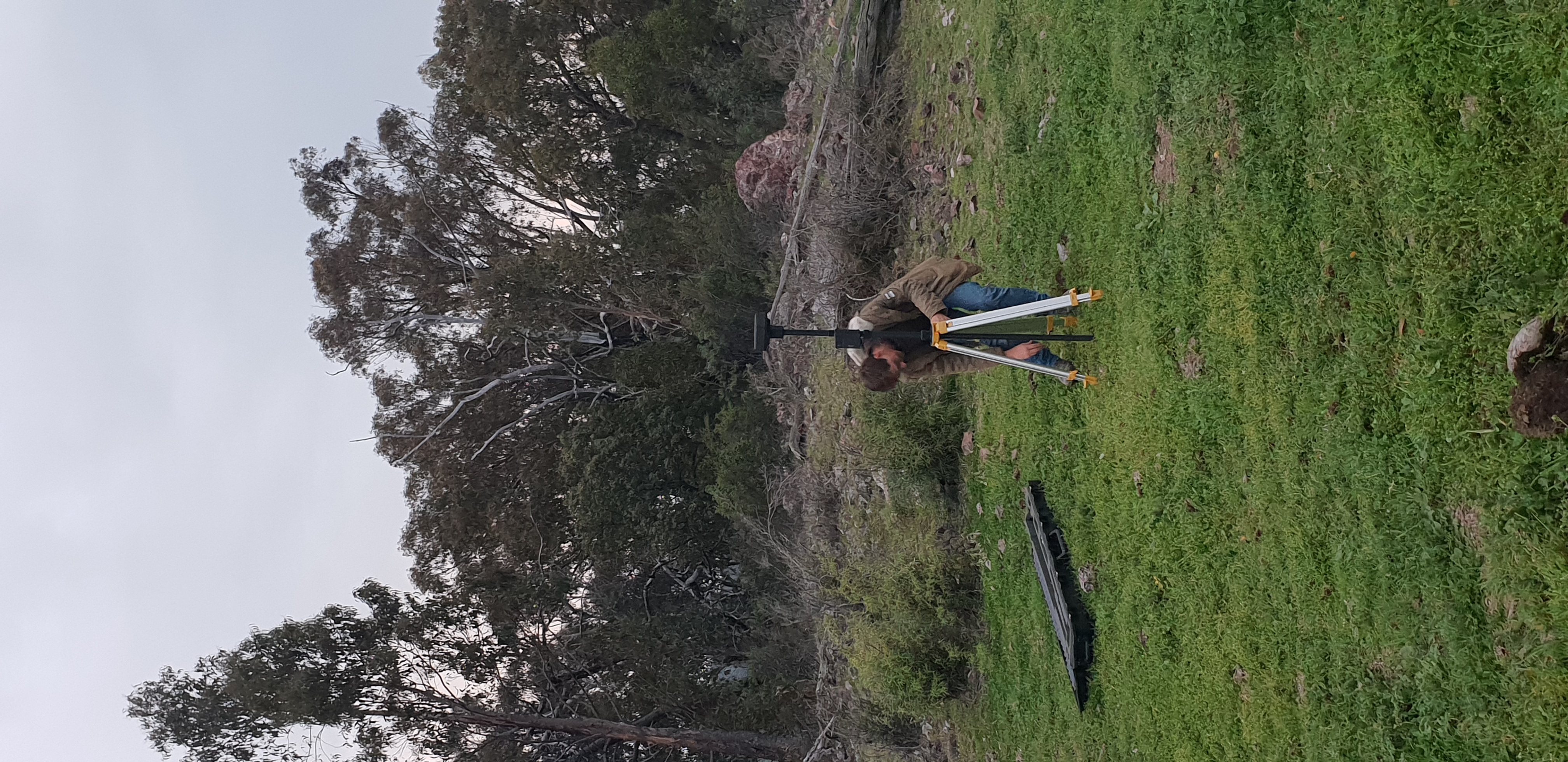
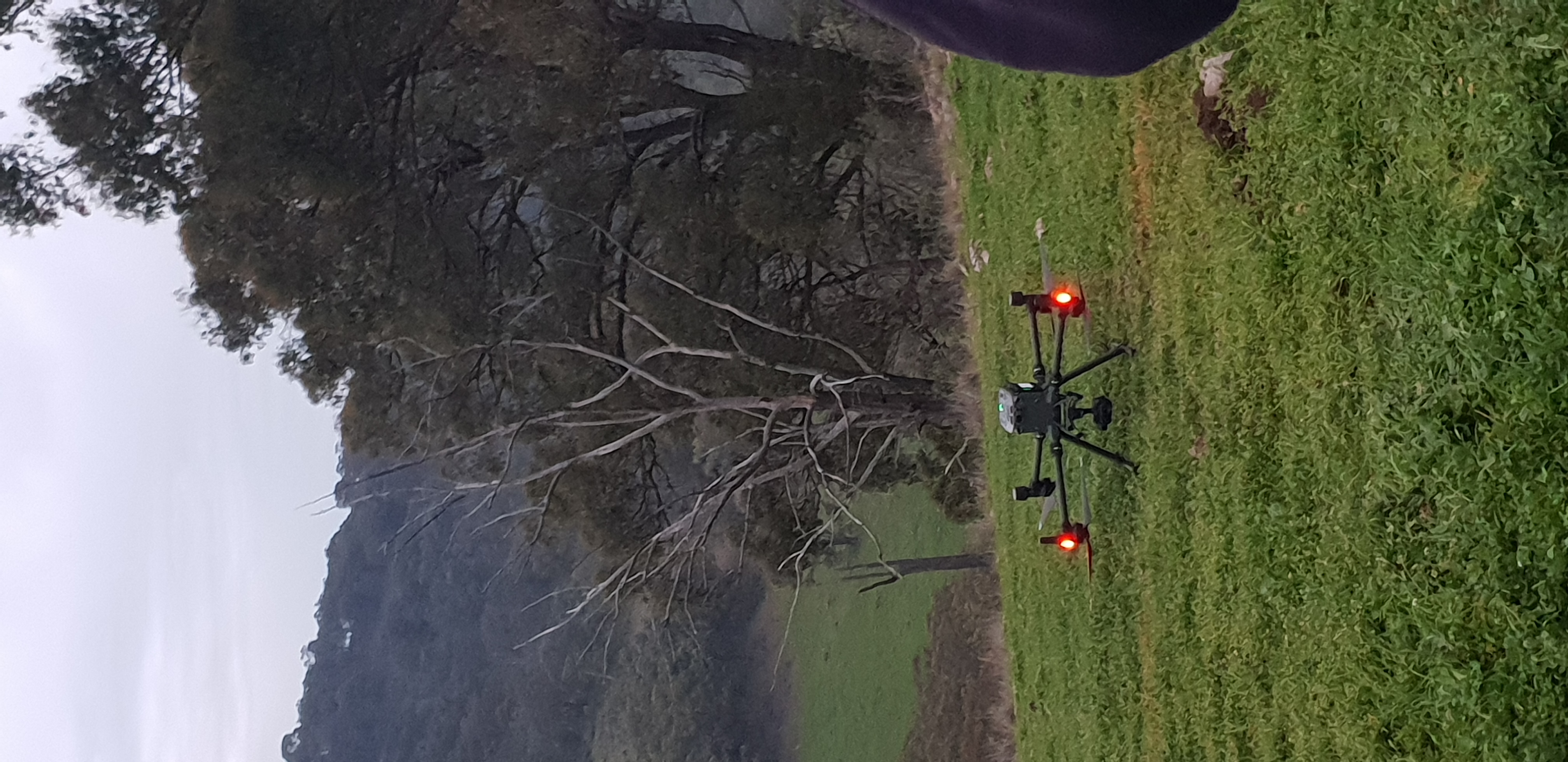
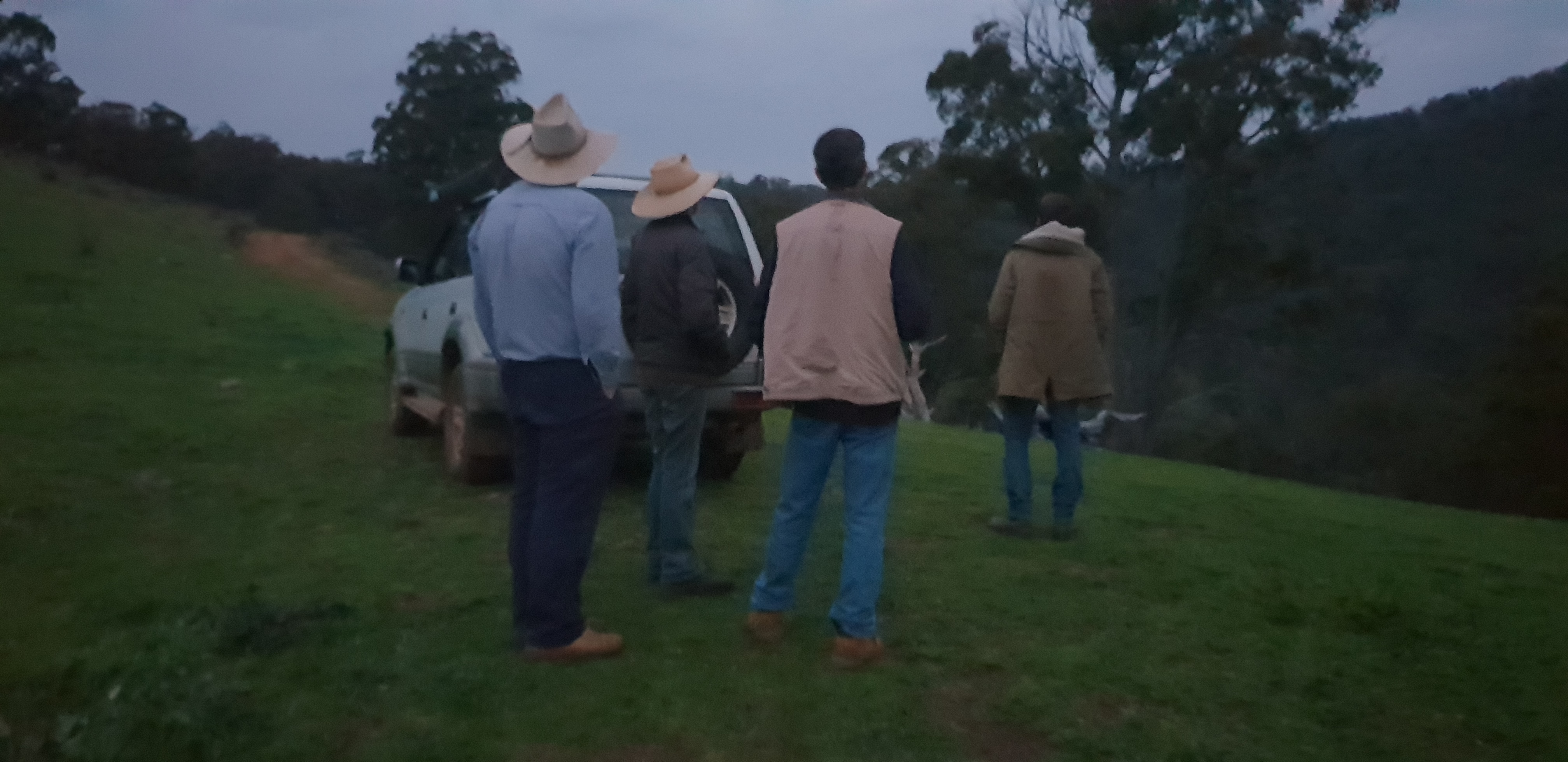
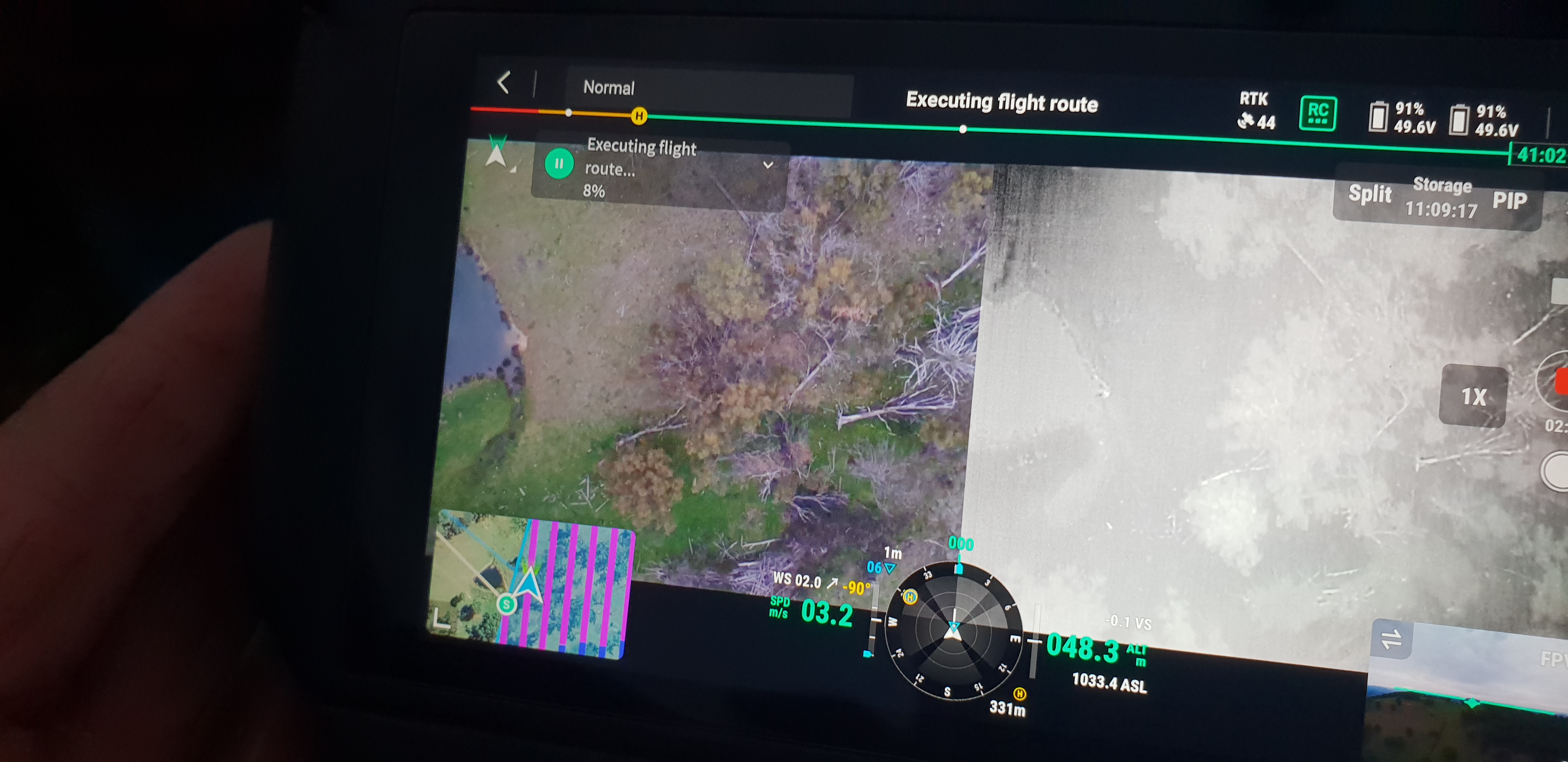
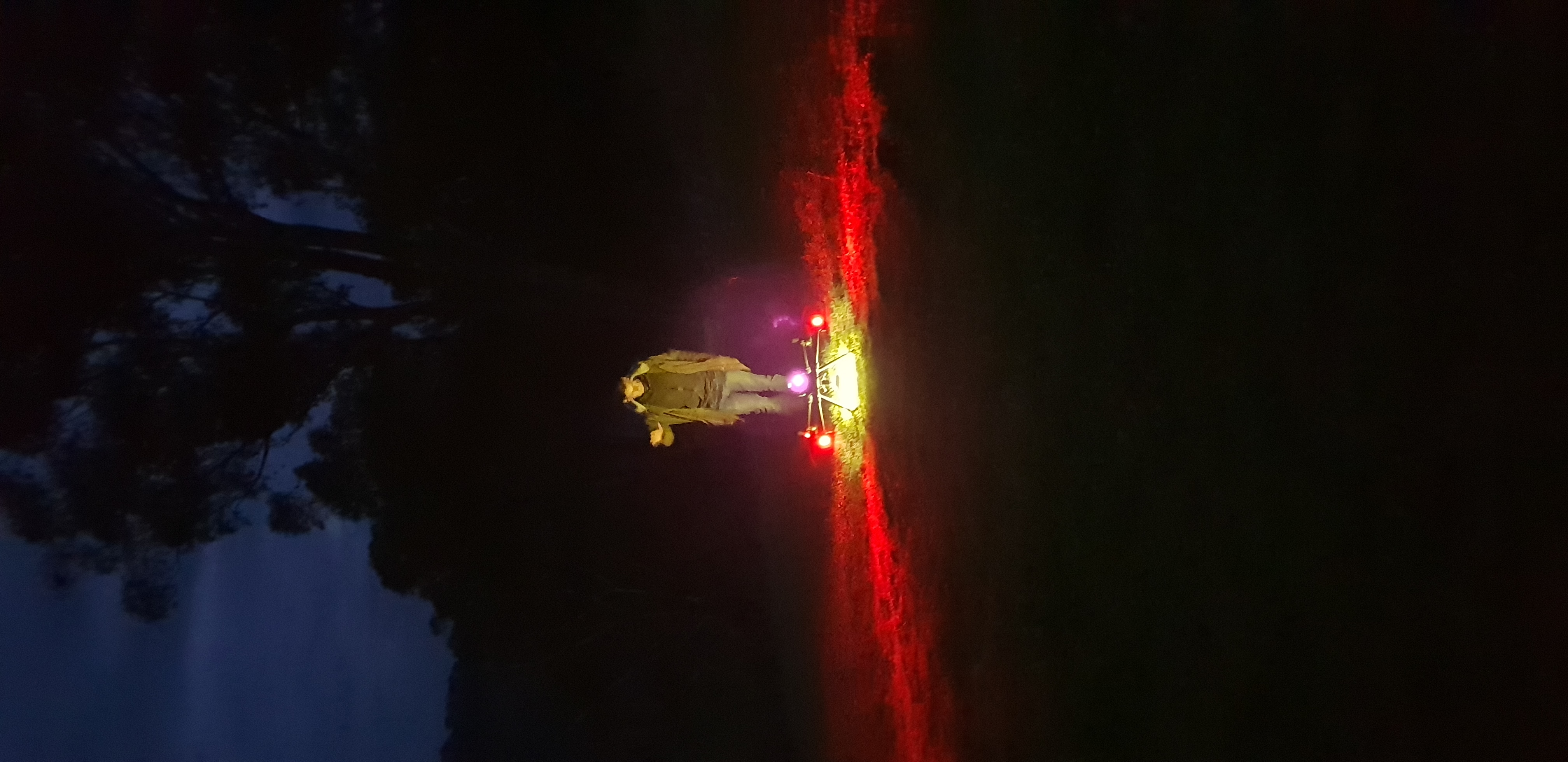

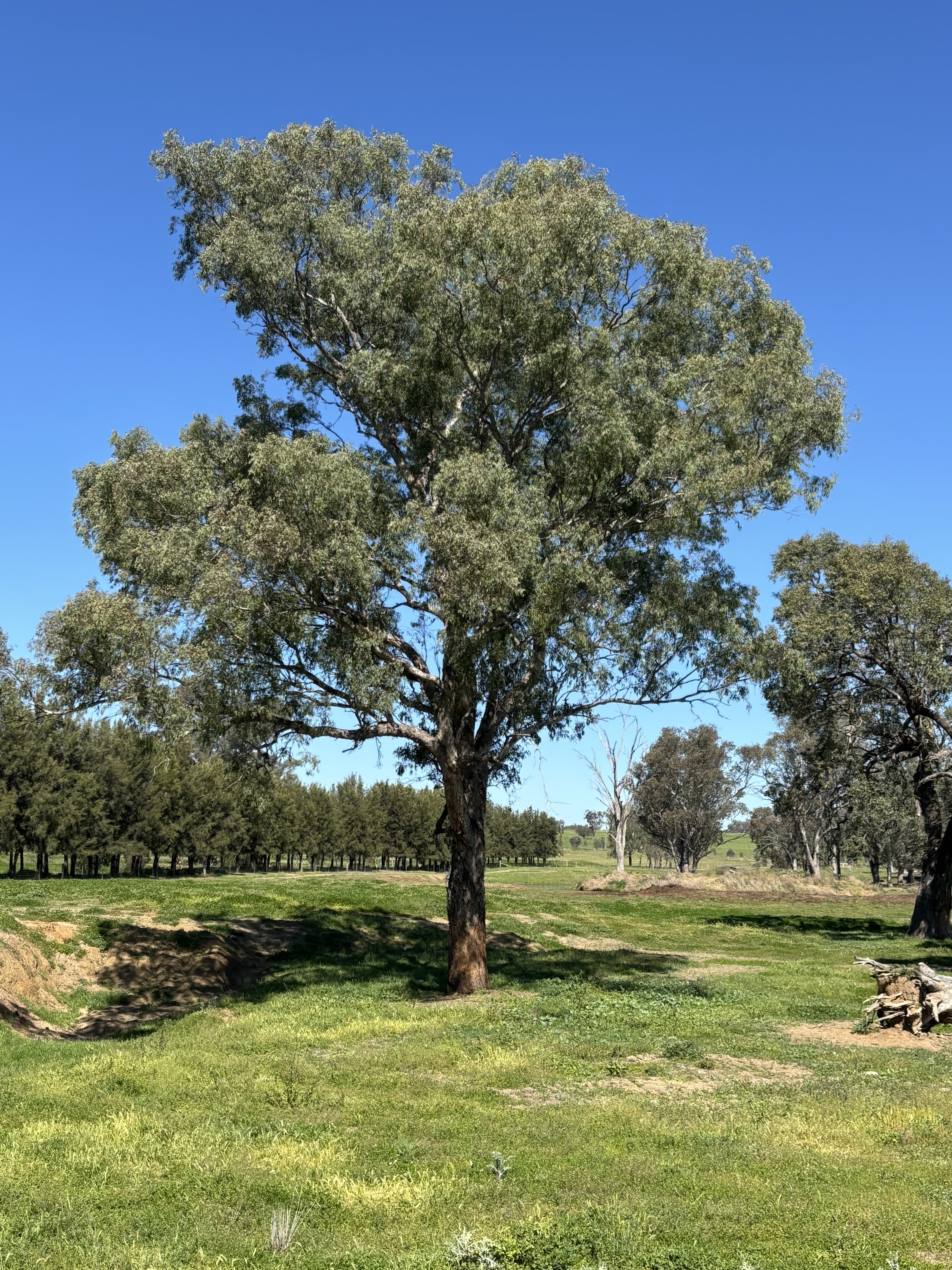
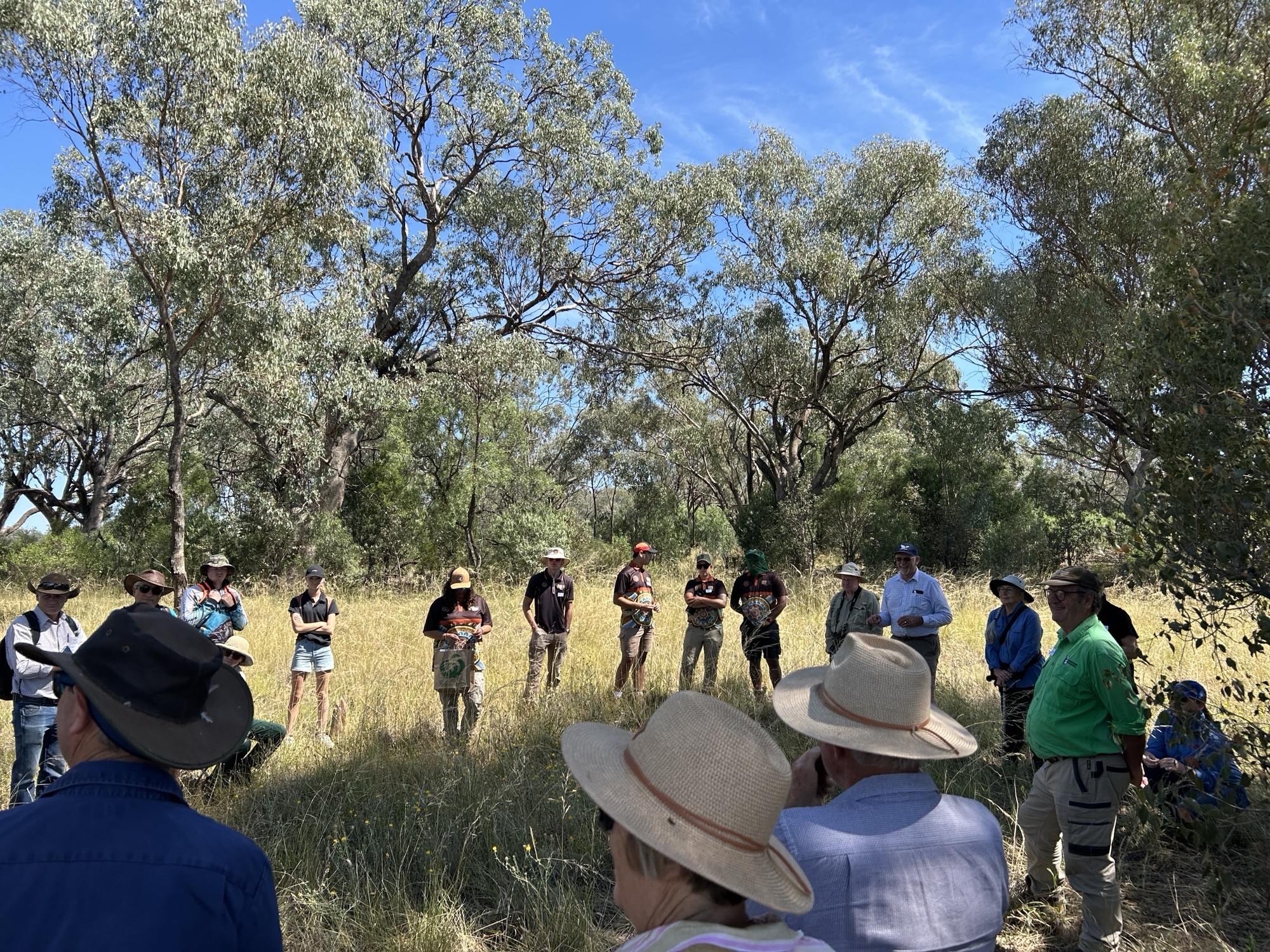
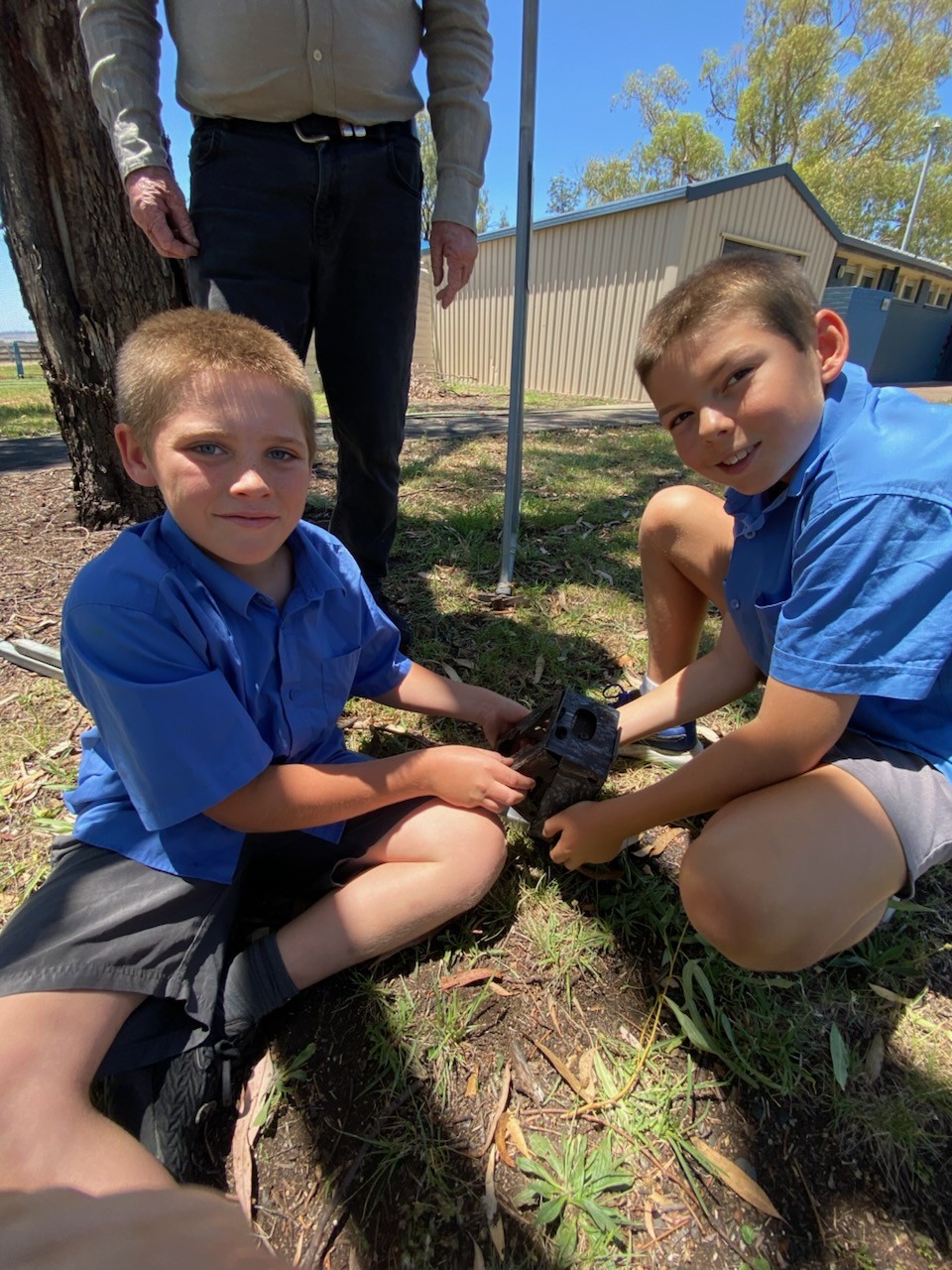
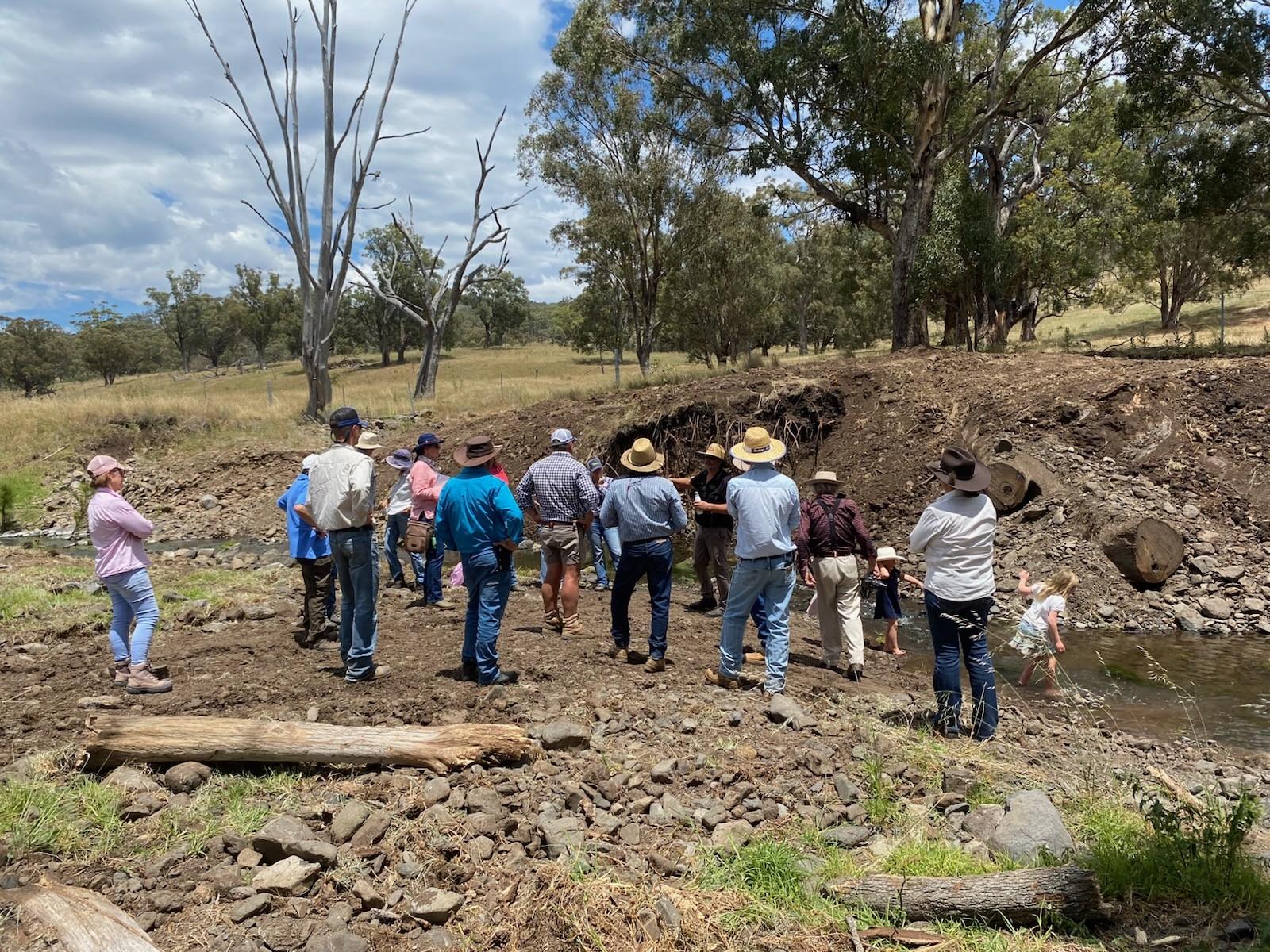
.png)
.jpg)

.png)
